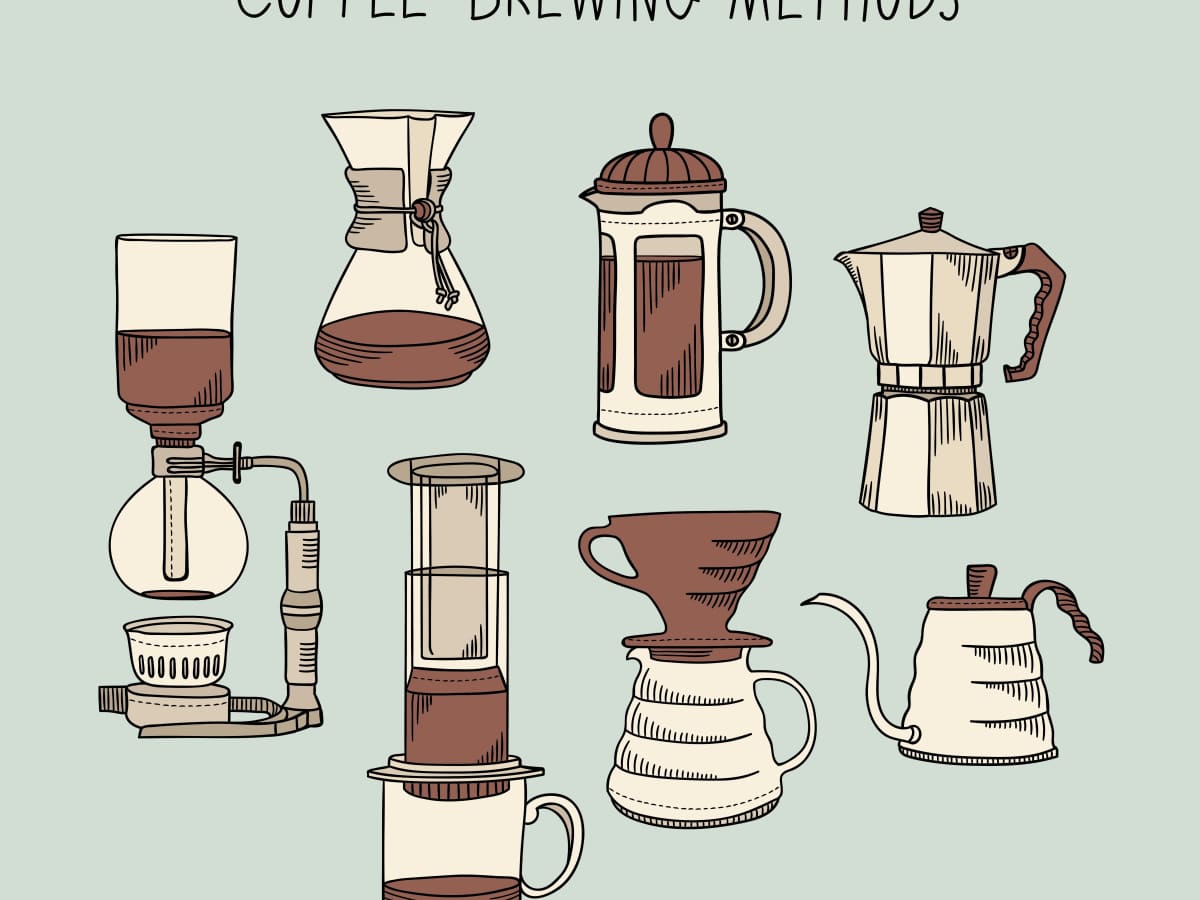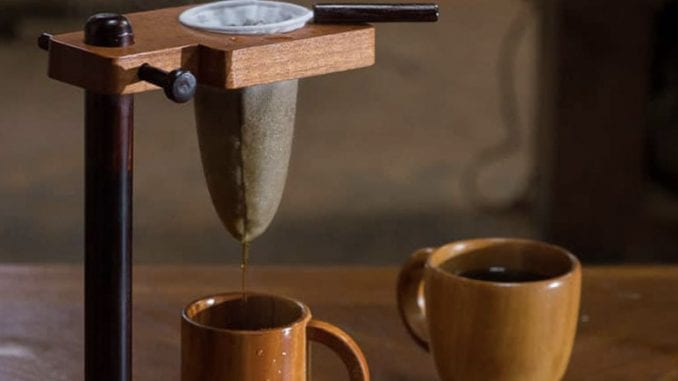Mastering Coffee Brewing Methods: Necessary Methods for Every Coffee Lover
Mastering Coffee Brewing Methods: Necessary Methods for Every Coffee Lover
Blog Article
Discovering the Art of Coffee Brewing: A Comprehensive Guide to Refining Your Cup
The art of coffee developing is a diverse technique that combines science with personal expression, where the choice of beans, water quality, and developing techniques converge to produce a refined sensory experience. Comprehending the subtleties of various coffee beans, particularly the differences between Arabica and Robusta, is important for any kind of connoisseur. Moreover, the option of ideal equipment and careful focus to brewing criteria can substantially affect the final result. As we discover these components, one must consider just how even small changes can lead to profound adjustments in taste and aroma-- what might these modifications disclose concerning your suitable mug?
Understanding Coffee Beans
To truly value the art of coffee developing, one need to initially comprehend the fundamental component: coffee beans. These little seeds, generally obtained from the Coffea plant, are essential in identifying the flavor account, scent, and total quality of the brewed beverage. Coffee beans mostly drop right into two groups: Arabica and Robusta. Arabica beans, understood for their delicate flavors and greater level of acidity, are typically favored by lovers. In comparison, Robusta beans possess a stronger, much more bitter preference and higher high levels of caffeine material, making them suitable for coffee blends.

Moreover, the processing technique-- whether washed, all-natural, or honey-- affects the beans' last taste. Comprehending these components allows brewers to choose the appropriate beans that align with their liked flavor account, ultimately enhancing the coffee developing experience. coffee brewing methods. This understanding is important for anyone aiming to understand the craft of brewing the perfect mug of coffee
Brewing Approaches Discussed
Several lovers find that the option of brewing technique considerably impacts the final flavor and aroma of their coffee. Each method takes advantage of various extraction techniques, affecting the coffee's character and richness.
Drip brewing, among one of the most prominent approaches, uses a machine to trickle warm water with ground coffee, producing a constant and clean mug. French press, on the other hand, submerses coffee premises in hot water, permitting a fuller body and even more durable taste, as oils and fine fragments continue to be in the brew.
Pour-over developing provides a careful strategy, where water is by hand put over coffee premises, enabling accurate control over removal time and temperature, leading to a nuanced and intense cup.
Coffee, a focused coffee brewed under pressure, is recognized for its strong taste and luscious appearance, working as the base for various coffee drinks, consisting of lattes and coffees.
Essential Devices Required
The foundation of any kind of successful coffee brewing process exists in top quality devices tailored to your favored method. A dependable coffee grinder is crucial; fresh ground beans substantially enhance flavor and fragrance.
Next, consider your developing gadget. Choices vary from drip coffee makers and pour-over arrangements to French presses and espresso machines. Each method uses distinct taste profiles and developing techniques, so select one that lines up with your preference choices.
A precise range is additionally important, allowing you to gauge recommended you read coffee and water accurately, which is crucial for uniformity. Furthermore, a thermometer can help keep an eye on water temperature level, as it straight affects removal quality.
Learning Water Quality
The top quality of water used in developing coffee plays a considerable role in establishing the last flavor profile of the cup. Various factors add to water high quality, including mineral content, pH degree, and total pureness. Preferably, water should be devoid of contaminants and impurities, as these can adversely affect the preference of coffee.
Minerals, such as calcium and magnesium, boost the extraction of flavors from the coffee premises, while keeping a well balanced pH degree-- around 6.5 to 7.5-- is vital for ideal extraction. Water that is also soft might lead to under-extraction, leading to sour or weak tastes, while excessively tough water can generate a bitter or extreme mug.
For the best results, filtered water is suggested, as it reduces the visibility of chlorine and various other unfavorable compounds typically discovered in faucet water. Furthermore, consider using water with an Overall Dissolved Solids (TDS) level in between 150-200 ppm, which is usually perfect for coffee brewing. By grasping water high quality, you can lay a solid foundation for achieving a consistently exceptional cup of coffee, allowing the distinct attributes of your chosen beans to shine through.

Tips for Flavor Improvement
Enhancing the flavor of your coffee can substantially boost your developing experience and highlight the special nuances of your chosen beans. To attain this, think about numerous crucial aspects that affect preference.
First of all, the grind dimension plays a vital duty. A finer work raises extraction, causing bolder flavors, while a coarser grind returns a milder mug. coffee brewing methods. Adjust your grind according to your brewing approach to achieve optimum outcomes
Second of all, experiment with mixture time. Over-extraction can lead to bitterness, while under-extraction cause a sour preference. Goal for a brew time that stabilizes these extremes, typically between two to 4 minutes, depending upon your method.
Furthermore, temperature level is an essential element. Brewing with water that is too warm can blister the coffee, while water that is too awesome may fall short to extract adequate flavor. The ideal temperature variety is 195 ° F to 205 ° F(90 ° C to 96 ° C)
Conclusion) )))) To conclude, the art of coffee brewing is a complex method that calls for a deep understanding of various aspects, including bean choice, brewing approaches, and water top quality. Proficiency of necessary devices and focus to detail in work dimension, make time, and temperature are essential for accomplishing optimal removal. By integrating these components, coffee fanatics can elevate their brewing strategies, causing a mug that not just satisfies personal preferences yet additionally showcases the rich intricacy of coffee flavors.
The art of coffee developing is a multifaceted technique that combines scientific research with personal expression, where the option of beans, water top quality, and brewing methods assemble to create a polished sensory experience.To really appreciate the art of coffee developing, one must first recognize the foundational component: coffee beans. Developing with water that is also warm can burn the coffee, while water that is too amazing may fail to extract ample flavor. In verdict, the art of their explanation coffee brewing is a complex method that calls for a deep understanding of different elements, consisting of bean selection, developing methods, and water top quality. By integrating these components, coffee lovers can raise internet their developing techniques, resulting in a cup that not just pleases individual preferences however also showcases the rich intricacy of coffee flavors.
Report this page